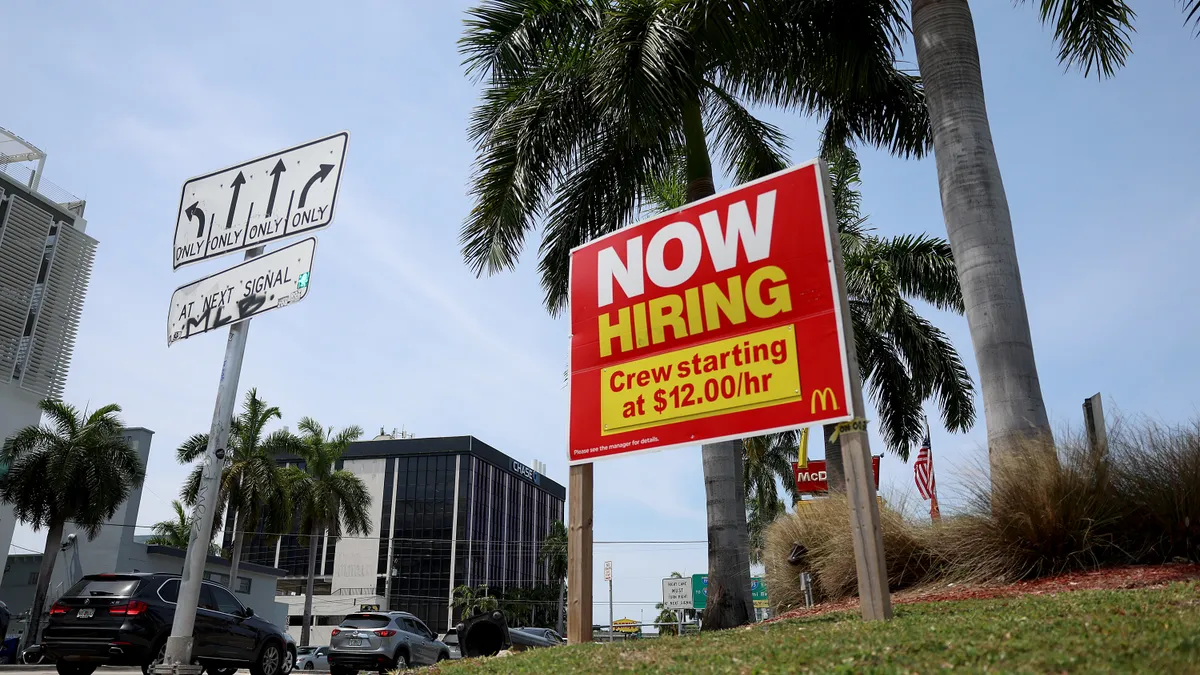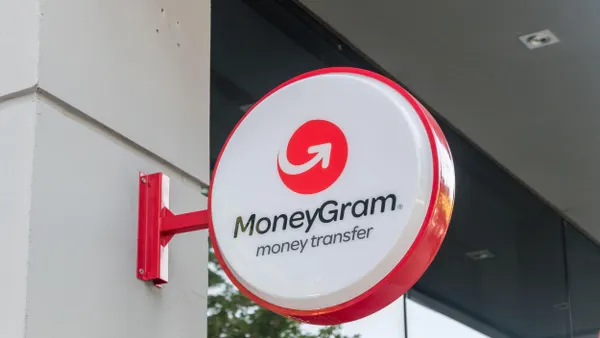Annual revenue of between $20 million and $40 million seems to be the make-or-break point for many software-as-a-service (SaaS) startups, say investors. To make it past that point, companies must get a handle on churn, a function of a high net promoter score (NPS), says Jason Lemkin, head of SaaS best-practices group SaaStr.
"The ones that stall out ... all have low NPS," Lemkin said in an analysis of 20 SaaS companies that flat-lined after growing to between $20 million and $40 million in annual revenue. "They all have brands, yes. But the customers are really only behaviorally loyal. [They] use the product because they have to."
Any SaaS company not measuring NPS must start doing so immediately, said Lemkin, who has led several SaaS companies to successful exits. "I didn't. It was a big mistake."
NPS measures how much customers, and employees, promote a SaaS service to others. Employee NPS scores, sometimes referred to as eNPS, are considered important because employees who believe in the service, and the company that provides it, transfer their enthusiasm to customers when they engage with them.
And enthusiastic customers, in a similar manner, transfer their enthusiasm to others through their spheres of influence on social media, in person, and in other ways.
The more enthusiastic customers are, the likelier they are to renew their subscriptions, which Lemkin said is the key reason companies are able to grow past that $20 million to $40 million stall-out point. Not only do customers renew, but they're likely to spend more, either on additional services or on higher-value premium versions.
"Don't let your customers say they are only using you because it's the best solution they could find," he said.
NPS cross-tabulations
CFOs that track NPS to increase their lines of sight into the business must go beyond just looking at the direction of the metric, Carl Gold, chief data scientist at Zuora, said in a webcast.
They can benefit by pairing NPS with analyses that look at user cohorts and tenures, timing and rates of use, and size and type of users, he said.
"Well designed ... metrics will improve retention," he said.
Gold bases his ideas on data he collects from Zuora, a platform helping SaaS companies improve their subscription offerings.
Gold said companies in the business-to-business space tend naturally to have lower churn rates than those in the consumer sector because consumers are more fickle and face lower upfront costs, in both effort and money, to start a service. Those in the b2b sector tend to have lower churn if they serve larger companies, because smaller companies have less money and go out of business at a faster rate.
Using Zuora data, Gold identified typical churn rates of B2B companies based on where they fall on a success continuum. Those with the highest success have a typical churn rate of 0.6% a month, or 7% annually, while those with the lowest success have 5.7% monthly churn, a 50% annual loss rate.
"That's half your growth walking out the door each year," he said.
Gold pointed to a company called Broadly, which helps companies manage their online reputations. By linking other metrics to NPS, the company discovered that the more companies benefited from its service, the higher the NPS metric and the higher the renewal rate.
Since the company's main service is helping its customers get better online reviews — in effect, an NPS service — renewal rates were highest among those with several positive online reviews, and lowest among those with several negative reviews.
Armed with that data, the company's customer success managers identified which companies wouldn't benefit from help — those with really bad NPS scores — and, for those that would benefit from help, what strategy to use to increase their likelihood of renewing. That strategy typically meant working with the customer to identify the stickiest service they offer and promoting that service to their customers. That would boost NPS and, by extension, retention.
Another company, Klipfolio, which provides business intelligence dashboards, looked at NPS in relation to timing. It learned that most companies gave up on the service at the one-year renewal point, and the next highest point was the two-year renewal point. Those that stayed with the service to year three would almost always renew.
Based on that data, the company understood it needed to do a better job training and on-boarding customers when they subscribed so they would be less likely to drop the service at the one-year renewal point.
Another company, Versature, a cloud-based business phone service, learned its NPS was highest among companies that spent the most money on calls, relative to their size, because that meant they were using the service frequently.
Pricing called key
The core of any strategy to reduce churn is in the quality of the service, because if that falls short, nothing a company does will help, Gold said.
But if the product isn't the problem, NPS can reveal whether you need to improve on-boarding, engage with customers better at or before renewal time, or take another action, depending on what you learn from how you cross-tabulate findings with NPS.
A key consideration for CFOs is pricing, because how a company prices its services determines the customer's perception of value.
Gold advises against discounting service. Instead, companies should offer a multi-tiered pricing schedule, so customers can pay based on how much value they want out of your offering.
"Customers who only use a little bit can still get value," he said. "Some customers might use it so little it's not worth even giving them a plan. Because you still have maintenance and overhead costs of maintaining those customers."
But, by offering multiple pricing levels, you give customers who like your service a chance to spend more without scaring away users who don't have the time, money or need for all your offerings.
"If you give out a discount to reduce churn, you're undermining your pricing," he said. "So, have multiple price tiers based on value."




















